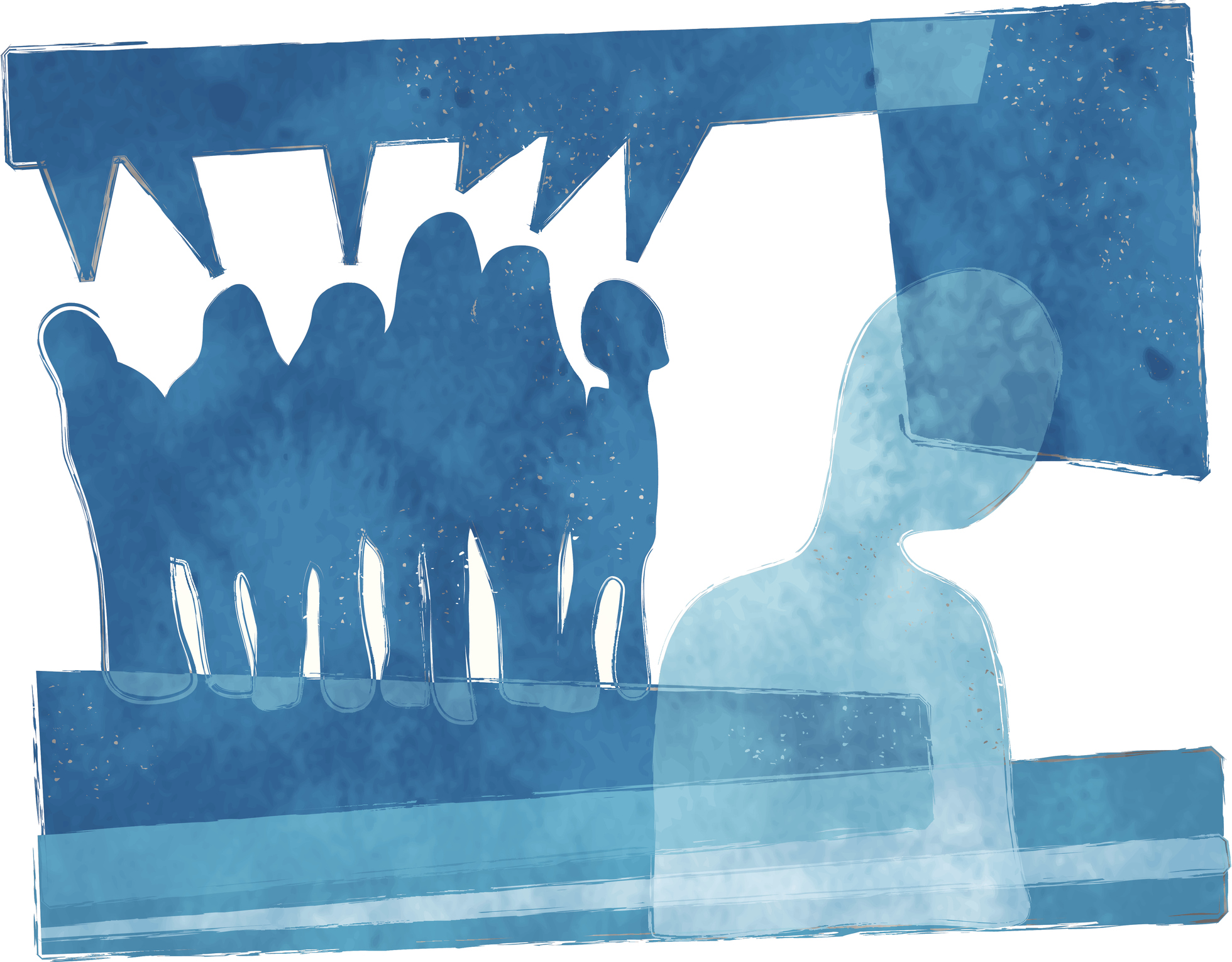Your teen years are tough; between navigating puberty, bigger schools, complex peer dynamics and more, it makes sense why young people — especially youth of color — may have a difficult time discussing their feelings with parents, says TC’s Cindy Huang.
“If you’re going to ask them about how they feel, it’s: ‘I’m fine, I’m fine,’ or ‘Ugh, don’t talk to me.’ You get silence too,” says Huang, who joined other mental health experts in advising the Ad Council on their latest public service campaign: Sound It Out, which offers mental health resources rooted in music for parents and teens.

Cindy Huang, Assistant Professor of Counseling Psychology, often researches how cultural factors influence child development and mental health disorders among youth of color. (Photo: TC Archives)
For Huang, Assistant Professor of Counseling Psychology, providing mental health literacy resources and strategies for parents is key to helping the nation address a pervasive gap in mental health resources available to minority youth compared to their white counterparts.
Researchers have long known that people of color often confront unique barriers in accessing mental health services. But with more youth overall confronting mental health crises — including a 31% jump in emergency room visits among teens for issues like panic attacks during the pandemic — a public awareness campaign that attempts to confront the intersection of mental health, generational divide and cultural barriers is essential at this moment.
“The burden of not receiving mental health care falls on minority youth and impacts them more,” says Huang, who began advising the Ad Council on the project a few years ago. “Parents are the number-one gatekeepers to mental health services,” and using music to discuss mental health as the Sound It Out initiative does is “culturally fit for both parents and children” from Black and Latinx families.
“Being a parent is also developmental,” says Huang, who notes that barriers to mental health support range from stigma and low mental health literacy to logistical barriers, like language, transportation and insurance coverage. Often playing ‘catch-up’ as children reach new stages of development, parents and their kids often “cross by each other instead of with each other” in communicating.
“If parents want to talk to their kids but don’t know how, here’s one way that they can do that, and the music may not be so off-putting for teens,” Huang says.
Huang is the co-director of the College’s Child and Adolescent Mental Health Project, through which she and colleague Christine Cha, Assistant Professor of Clinical Psychology, have conducted extensive research on youth suicide prevention. Huang is also the director of the Culture and Health Promotion of Minority Youth and Families Lab, which reflects Huang’s extensive interest in examining how cultural factors influence child development and mental health disorders among youth of color. In an ongoing study, Huang is examining how COVID-related stressors — such as increases in violence and discrimination — have influenced parenting in Asian American families, and subsequently, their children, who are often the least likely to seek mental health support.
“With COVID, there is even more need for mental health services, and particularly, ways to help parents learn to talk about emotions and mental health with their kids," says Huang.
—Morgan Gilbard
